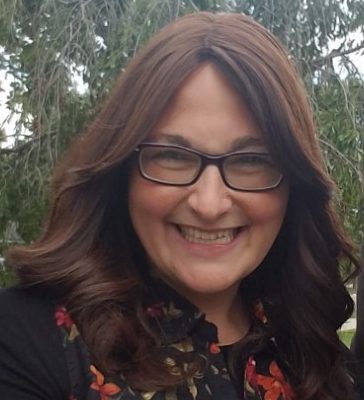Books, Glorious Books

There’s much more to any book than meets the eye

Who doesn’t love recommending the books they've enjoyed to others? We asked our Inside Scoop members: What’s your favorite book?
I have many! I particularly liked The Plan by Zev Spector because it was full of suspense!
— Mordechai Katz, 9, Passaic, NJ
There’s Zucchini in the Chocolate Cake by Miriam Schonzeit, because once you read the first story, you’re glued to your chair until you’re finished the book!
— Batsheva Dresdner, 10, Gateshead, UK
I like Libby Lazewink’s books, especially Three Cheers for Shira. I’ve read that a few times!
— Rina. R, Manchester, England
Proof Positive by Esther Toker. It’s full of suspense and up to date — this story could have happened yesterday!
— Malki, 12, Yerushalayim
I don’t have a favorite because every time I read a new book, I like it more than the last one!
— AGMM, 12, Ramat Beit Shemesh, Israel
I love books that are non-fantasy that I can relate to.
— Rochel Max, Cherry Hill, NJ
I like Yaakov Shulman’s gedolim books because they are interesting and teach a lot about past gedolim.
— Shmuli Friedman, 13, Monsey, NY
Shabbos, Shabbos, I Love You!
— Elisheva Gutlove, 4, Clifton, NJ
My favorite book is The Network by Rabbi Nachman Seltzer.
— Bracha Gutlove, 13, Clifton, NJ
Kids Speak!
— Leah Artmann, Simmy F, Akiva Gutlove, Esti Gutlove, Batya Goodman
STEP ONE:
Where does it all begin? A book starts off literally from nothing, just a speck of an idea that is bought to paper by the author. Let’s hear about this process from beloved children’s author Libby Lazewnik.
Hi, Libby! Please tell us about your first book.
Libby: My first book was Shira’s Summer, which later became the start of a trilogy called Three Cheers for Shira. Back then, I had no experience writing books, so I created a system. Each time I reread a chapter I’d written, I would pretend that I was a reader and change whatever I didn’t like. That book always has a special place in my heart, both because it was my first and also because it taught me so much!
Where do you get your ideas from?
Libby: My ideas come from anywhere and everywhere. Things that happened to me or to people I know, conversations overheard, or interesting things I see. Just about anything can be the kernel of an idea for a fantastic story!
What’s the hardest part of writing a book? What’s the best part?
Libby: I think the hardest part of writing a book is when you’re stuck in the middle and feel as if you’ll never reach the end! But I know that if I persist, I’ll get the job done.
The best part is plotting the story: figuring out the characters and what happens to them. Putting your imagination to work before you even write a word.
Oops! We could not locate your form.






